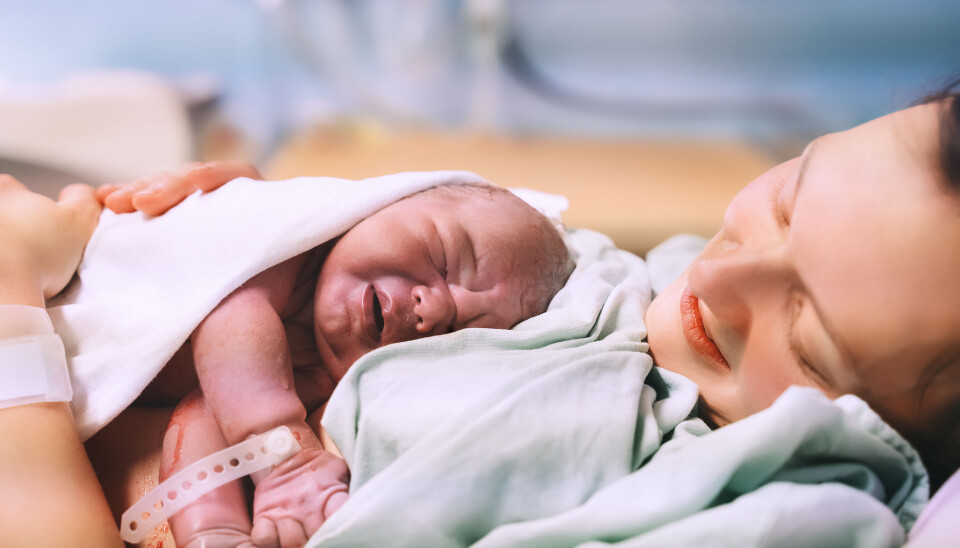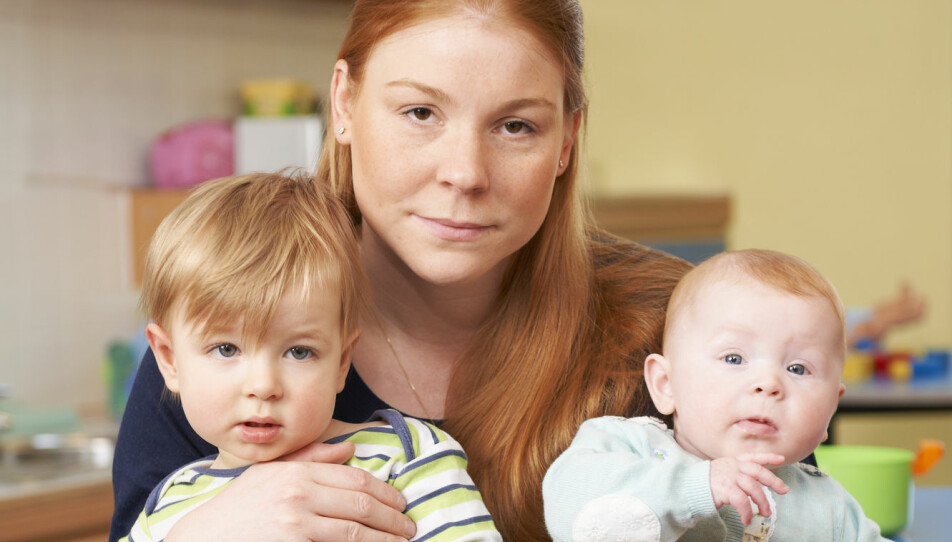
Here come the corona babies? 700 more births in Norway compared to the same period last year
It’s too early to say whether or not this is due to corona, but the increase starts nine months after the first lockdown in Norway.
Fertility rates have been falling in Norway since 2009. Sciencenorway.no recently told you that never before have Norwegian women given birth to so few children. This was based on numbers from 2020.
During a health crisis or during financially uncertain times, birth rates tend to fall. This was the expectation for the current pandemic also.
However, the first three months of 2021 saw 700 more births compared to the same period last year.
This is according to demographer Ane Margrete Tømmerås from Statistics Norway, interviewed by NRK, national norwegian broadcaster (link in Norwegian).
It’s too early to say whether this is a corona effect, she cautions.
“But the timing is impeccable. The increase starts in December 2020, which is just about nine months after the first lockdown in Norway. That this have had some small effect is likely”, Tømmerås says to NRK.
Also in countries that Norway compares to, numbers have gone up: Finland, Sweden and the Netherlands also see an increase in fertility.
“But then you have countries like Italy and Spain, where they have experienced more financial troubles as well as greater health problems due to the corona pandemic. In these countries fertility rates are falling”, Tømmerås says to NRK.
Pandemic gave time to have one more?
The fertility rate in Norway – the average amount of children a woman will give birth to - was 1,48 in 2020.
If the trend at the start of the year holds up, this may be increased to over 1,5 again, according to Tømmerås. The increase however is not big enough to have a great impact on population development.
Another reason for the increase could be that there was a baby boom in 1990.
“They are now at an age when it is normal to start having children. So the fact that the total number of births is increasing is perhaps not so odd”, Tømmerås says to NRK.
“However, this would then mean that the number of women having their first child is on the increase, but the ratio of first, second and third child is fairly stable, so it seems quite a few have had their second or third child during the pandemic”, Tømmerås says.
Surveys have shown that parents of small children are the only ones who have not reported a lower quality of life during the pandemic, according to the demographer.
“So perhaps parents of young children have found time to have one more”, she speculates.


































